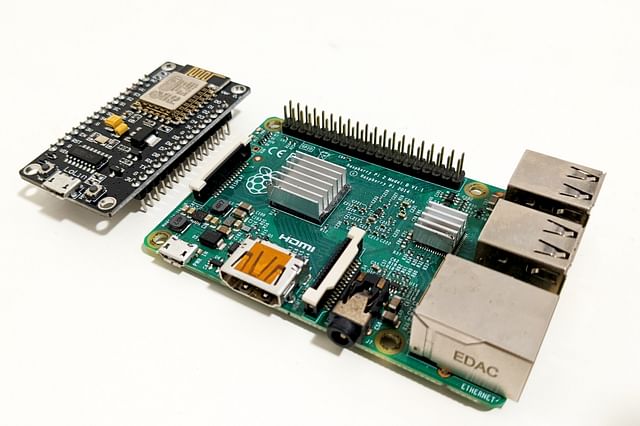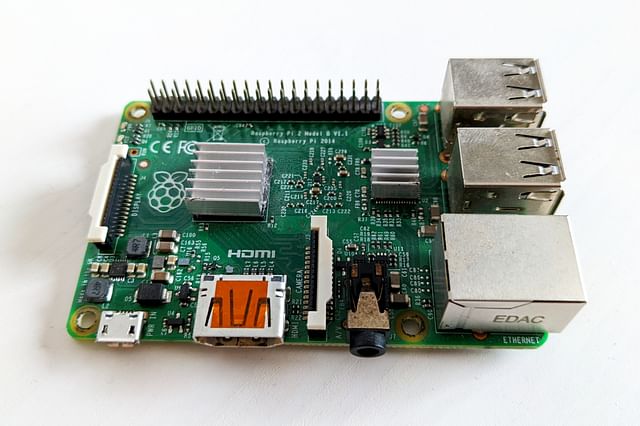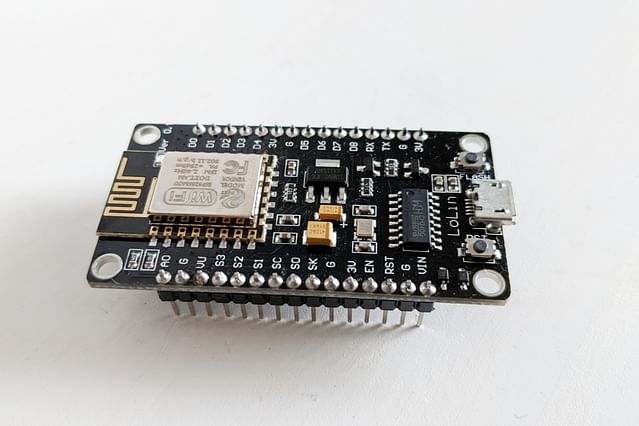
What is the difference between an Arduino/ESP and a Raspberry Pi?
Welcome everyone! Today, we're going to decode the major differences between Raspberry Pi's and Arduino/ESP8266/ESP32. If you're into home automation projects and have been grappling with the quandary "Arduino or Raspberry Pi - who is the winner?", then this article is your new best friend.
While both these gizmos are small and incredibly handy for your home automation projects, they have diverse applications, varied opportunities, and distinct limitations. So get ready, as we're about to embark on an enlightened journey to understand these fascinating devices better and determine the perfect fit for your next DIY project. Let's dive in!
What is a Raspberry Pi?

Think of a Raspberry Pi as a mini-magnified version of your regular desktop computer. It's tiny yet so powerful! The charm of Raspberry Pi lies in its compact size. You can place it anywhere, in a secret corner or flaunt it openly, and voila, you have a complete home automation server!
The Raspberry Pi can support full-fledged operating systems like Ubuntu or Pop OS, just like any standard PC. Amped with high computing power, a Raspberry Pi is your ticket to a more organized and relaxing home automation life. It's ideal for hosting services like Home Assistant or NodeRed.
Unlike Arduino or ESP boards, Raspberry Pi's are more equipped to handle complex web services, as these boards lack operating systems and sufficient power to run heavy software.
When should you use a Raspberry Pi?
You should consider a Raspberry Pi for projects that demand complex applications, such as Home Assistant or NodeRed. It's particularly useful when you need to aggregate data from multiple sensors, as the task can be pretty resource-intensive, making the Raspberry Pi's powerful CPU apt for this.
What is an Arduino or ESP8266/ESP32 board?

Ah, the Arduino and its comrades ESP8266 and ESP32! Tiny yet powerful single-board chips that run on machine code. Perfect for a single task at a time, for example, a moisture meter or thermometer, these wizards are great for smaller functions.
The ESP8266 and its counterparts can perform wonders in small tasks like: - Gauging the temperature - Assessing the humidity
Once measurements are acquired, you can easily export the data over the internet, or better still, within your own house, giving you real-time access to humidity and temperature updates.
How to Make the Arduino or ESP8266/ESP32 Operate?
Unlike the Raspberry Pi, Arduino and ESP devices don't operate on an operating system. So, how to make them work? By flashing, dear friends! Flashing, in simple terms, means wiping off everything and reprogramming your device. Thanks to Arduino IDE, the process of writing and uploading code to these devices has been made super easy! Just write or fetch the code, connect your device via a USB cable to your computer, and hit "Upload". Voila!
What sets these devices apart is their built-in Wi-Fi capability - an absolute wonder for IoT devices at home. Coupled with your Raspberry Pi, these devices elevate your home automation game.
When should you use an Arduino or ESP8266/ESP32?
Got a simple task at hand, like sensor data collection and transmission, that you want done efficiently? The Arduino, ESP8266, and ESP32 are your rescue masters. These devices are inundated with reliability when it comes to performing small-scale tasks. Their compatibility with both analog and digital sensors adds to their desirability quotient.
Conclusion
In this richly informative post, we've dissected the essentials of Arduino + ESP8266/ESP32 and Raspberry Pi. The Raspberry Pi is an ultimate champion when dealing with bulky applications or data. Conversely, for simple, sensor-driven tasks, Arduino and ESP8266/ESP32 emerge as clear winners.
Happy experimenting with your desired device for your next project and remember, no matter which one you choose, the primary goal is to have fun and learn new things. Keep innovating!
Posted on: Dec 16, 2021 Last updated at: Jan 7, 2024